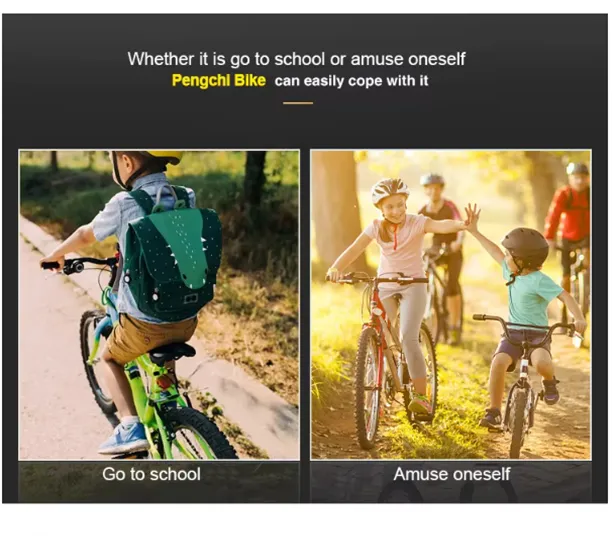
-
 Afrikaans
Afrikaans -
 Arabic
Arabic -
 Belarusian
Belarusian -
 Bengali
Bengali -
 Bulgarian
Bulgarian -
 Croatian
Croatian -
 Czech
Czech -
 Danish
Danish -
 Dutch
Dutch -
 English
English -
 Finnish
Finnish -
 French
French -
 German
German -
 Greek
Greek -
 hawaiian
hawaiian -
 Hebrew
Hebrew -
 Hindi
Hindi -
 Hungarian
Hungarian -
 Indonesian
Indonesian -
 irish
irish -
 Italian
Italian -
 Japanese
Japanese -
 Javanese
Javanese -
 kazakh
kazakh -
 Khmer
Khmer -
 Korean
Korean -
 Kyrgyz
Kyrgyz -
 Lao
Lao -
 Latin
Latin -
 Luxembourgish
Luxembourgish -
 Malay
Malay -
 Myanmar
Myanmar -
 Norwegian
Norwegian -
 Persian
Persian -
 Polish
Polish -
 Portuguese
Portuguese -
 Romanian
Romanian -
 Russian
Russian -
 Serbian
Serbian -
 Slovak
Slovak -
 Somali
Somali -
 Spanish
Spanish -
 Swedish
Swedish -
 Tagalog
Tagalog -
 Thai
Thai -
 Turkish
Turkish -
 Turkmen
Turkmen -
 Ukrainian
Ukrainian -
 Uighur
Uighur -
 Vietnamese
Vietnamese
sep . 22, 2024 03:43 Back to list
how to size children's bikes
How to Size Children's Bikes A Comprehensive Guide
Selecting the right size bike for your child is essential to ensure their safety, comfort, and enjoyment while riding. A properly sized bike allows for better control, minimizing the risk of accidents, and gives kids the confidence they need to develop their cycling skills. Here’s a guide on how to size children’s bikes effectively.
1. Understanding Bike Sizes
Children's bikes are typically measured in wheel sizes, which can range from 12 inches for toddlers to 24 inches for older kids. The appropriate size often depends on the child's age, height, and inseam length. It's important to note that not all children will fit neatly into these categories, so individualized measurements are crucial.
2. Measuring Height and Inseam
To determine the right bike size, start by measuring your child's height and inseam
- Height Have your child stand straight against a wall. Use a tape measure from the floor to the top of their head. - Inseam To measure the inseam, have your child stand barefoot with their back against a wall. Place a book between their legs, pressing it against their groin, and measure from the floor to the top of the book. This measurement will help you determine the appropriate standover height for the bike.
3. Choosing the Right Wheel Size
how to size children's bikes

After obtaining the measurements, consult a bike size chart to find the recommended wheel size. Here’s a general guideline
- 12-inch wheels Suitable for children aged 2 to 4 years (height 28-38 inches) - 14-inch wheels Suitable for ages 3 to 5 years (height 35-44 inches) - 16-inch wheels Suitable for ages 4 to 6 years (height 40-48 inches) - 20-inch wheels Suitable for ages 5 to 8 years (height 42-52 inches) - 24-inch wheels Suitable for ages 8 to 12 years (height 50-58 inches)
4. Test the Fit
Once you have a bike in mind, it’s vital to test the fit in person if possible. When your child sits on the bike, they should be able to touch the ground with their tiptoes. There should also be a slight bend in the knees when pedaling. Ensure that there’s enough space for your child to grow – typically, one to two inches of standover clearance is ideal.
5. Safety Considerations
Always prioritize safety by ensuring your child wears a properly fitting helmet and consider additional protective gear, such as knee and elbow pads.
Conclusion
Sizing a children’s bike correctly is crucial for their development and confidence while riding. By measuring your child’s height and inseam, choosing the correct wheel size, and ensuring a comfortable fit, you can help them enjoy biking safely and effectively. Happy cycling!
-
Red Black BMX Bike with GPT-4-Turbo AI Tech
NewsJul.31,2025
-
New Red Anti-theft E-Bike | Easy Ride City Commuter
NewsJul.31,2025
-
BMX 20 Inch Bikes for Freestyle & Street | Fat Tire Options Available
NewsJul.30,2025
-
322 High Quality 26 Inch 21 Speed Adult Mountain Bike OEM MTB
NewsJul.29,2025
-
Specialized Kids Mountain Bikes - Safe, Durable & Fun Riding Experience
NewsJul.29,2025
-
Little Kids Mountain Bike - Lightweight Bikes for Young Riders
NewsJul.29,2025

